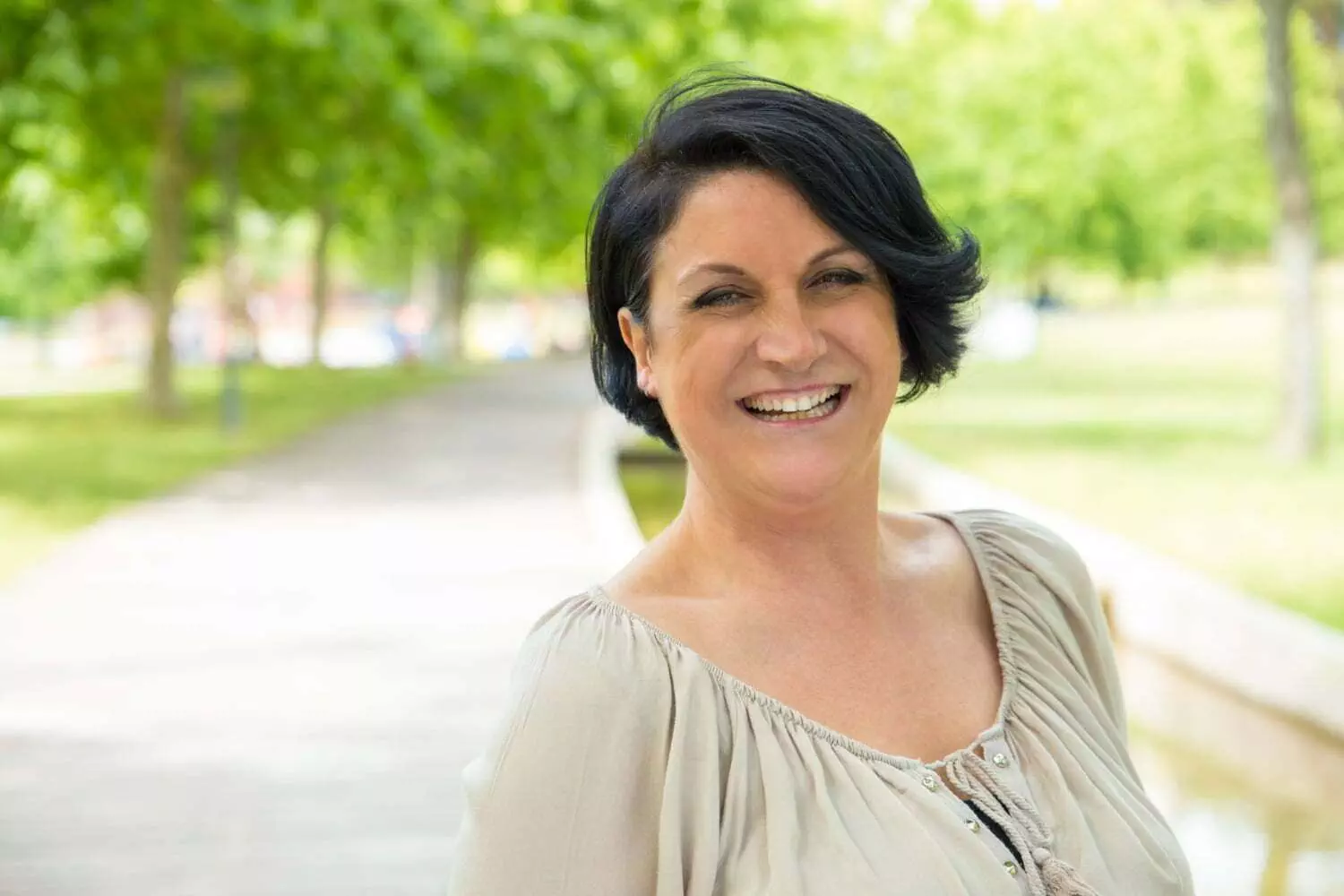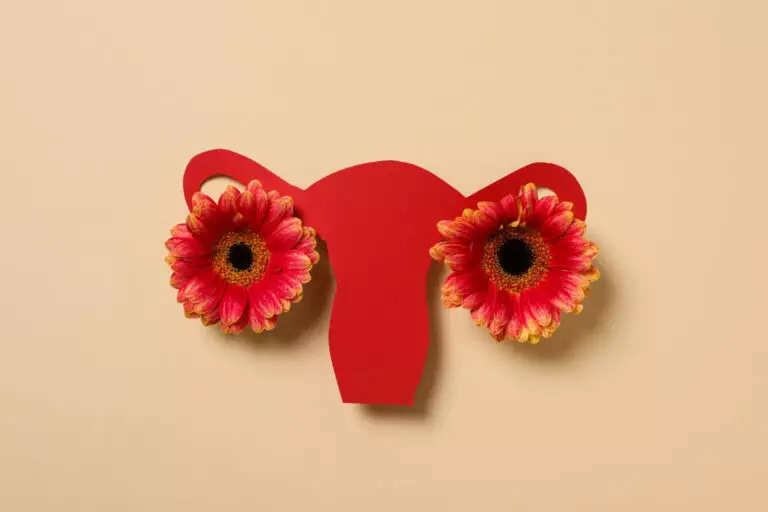HRT (Hormone Replacement Therapy) media reports over recent decades have concentrated on how it might impact on our risk of developing breast cancer.
What we find in clinic, however, is that most women have overestimated how much risk HRT might pose to them, and have very little understanding of some of the benefits of HRT to their long term health. This can lead to decisions based in fear instead of on fact.
We often point out that there are two choices to be made when considering your options at menopause:
- How do you want to tackle the symptoms that are currently bothering you?
- What choices do you want to make to tackle your health risks as you age? It is important to use the opportunity menopause gives us to take stock of our health and family history, and make choices that will help ensure we have the best health we can as we enter the next phase of our lives.
The research can be really confusing
Even as doctors, we found it hard to make proper sense of all the studies that have been done over the years. No one study, on its own, has the power to really change things like the prescribing guidelines we follow. In order to be able to draw conclusions that change how we practice, scientists like to combine the results from several studies that have looked at the same thing. In this way, we know that any trends identified have a far higher chance of being to do with an actual cause and effect, rather than being due to coincidence or some other, unrelated factor.
When it comes to breast cancer and HRT, there have been some really big population studies that have followed large groups of women over a number of years, tracking which of these women took HRT, and then which of them went on to get breast cancer. These figures form the basis of the numbers we quote to women today about breast cancer risk.
In any 1000 women from age 50-59 years, who are not on HRT, we can expect to see 23 being diagnosed with breast cancer over a 10 year period.
In any 1000 women from age 50-59 years, who are on combined HRT (oestrogen & progestogen) that number rises to 27. However in women who have oestrogen only HRT, that number reduces to 19.
There are a number of downfalls in these studies. One major one is that the bigger studies followed women who were much older than the average age of women who take HRT. These women already had a higher background risk of cancer than the women who start out on HRT at an earlier age (in their 40’s and 50’s). We also now suspect that a period of time without oestrogen after menopause means that breast cancers respond a bit differently when the hormone is added back in HRT.
These figures were also based on forms of HRT we rarely prescribe these days. They looked at synthetic forms of progesterone which we now understand are more associated with risk than the newer, body identical progesterone we prefer to prescribe today. They also used mostly oral forms of HRT, and nowadays we know a lot of risk is removed by having the oestrogen through your skin, as this means it bypasses the liver and avoids some of the risks that are associated with it going through that organ.
So how are we to make any useful sense of all this?
1. We can look at those figures as a “worst case” estimate. Newer studies indicate, for example, that body identical progesterone is much lower risk. We just don’t have enough research yet to be certain about the magnitude of that difference. We also know that oestrogen only HRT seems to reduce our breast cancer risk. This is the form taken by women who have had a hysterectomy.
2. Different lifestyle choices have as much, if not more, impact on breast cancer risk as HRT. The additional risk from HRT is on about the same level as the risk that taking the combined pill has, or that drinking one large glass of wine a day has. In contrast, being obese (BMI of over 30) has SIX times the risk of breast cancer than HRT does. We can also make choices to reduce or offset the risks of other lifestyle choices: for example, exercising for more than 2.5 hours a week reduces our risk by about twice the magnitude of the impact taking HRT would add.
3. Background risk of breast cancer also needs to be taken into account. Women with a first degree relative (mother, sister or daughter) with breast cancer probably have double the background risk of getting a breast cancer as they age. The risk is even higher if those women were diagnosed under the age of 50. Some women carry genetic mutations known as BRCA genes, or have a condition called Lynch syndrome which is associated with a high risk of developing cancer. These women can still have HRT though – we know that they are no more susceptible to the effects of HRT than a low risk woman: they simply start from a higher background risk.
4. The benefits of HRT must be weighed against the risks. More women in the UK will die of heart disease than of breast cancer, and taking HRT can significantly decrease our risk of heart disease and diabetes. Women who have an early menopause have twice the risk of heart disease than those who have it at the normal age (51). HRT also protects against osteoporosis and dementia – and the overall benefits from HRT are greater in magnitude than the risk it poses in terms of breast cancer. And that’s before we even consider the effect it has on symptom control as you go through this transition: hot flushes, poor sleep, vaginal dryness and pain, brain fog, irritability… these things can last a decade. HRT is still the gold standard treatment for these issues, for good reason.
Deciding whether HRT is right for you or not is a really personal choice, but it is not one you can make if you don’t have all the information. Here at Spiced Pear, we want to help you to understand your choices as well as we do – and we will support you in whatever decision is right for you.






